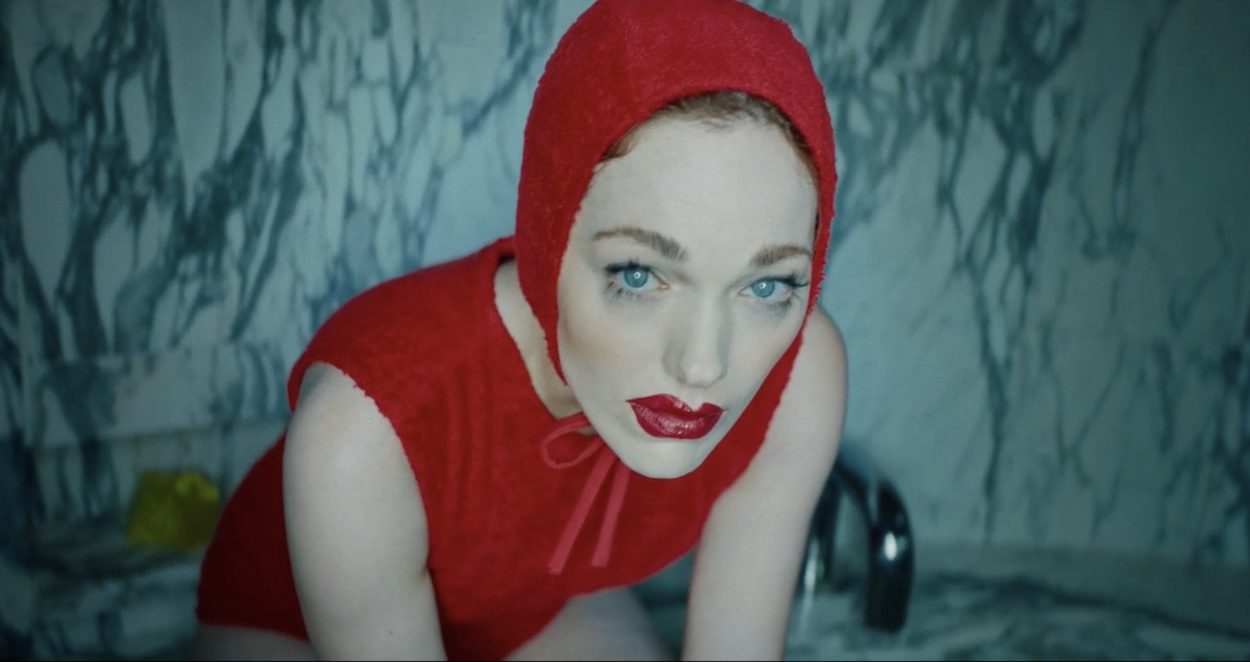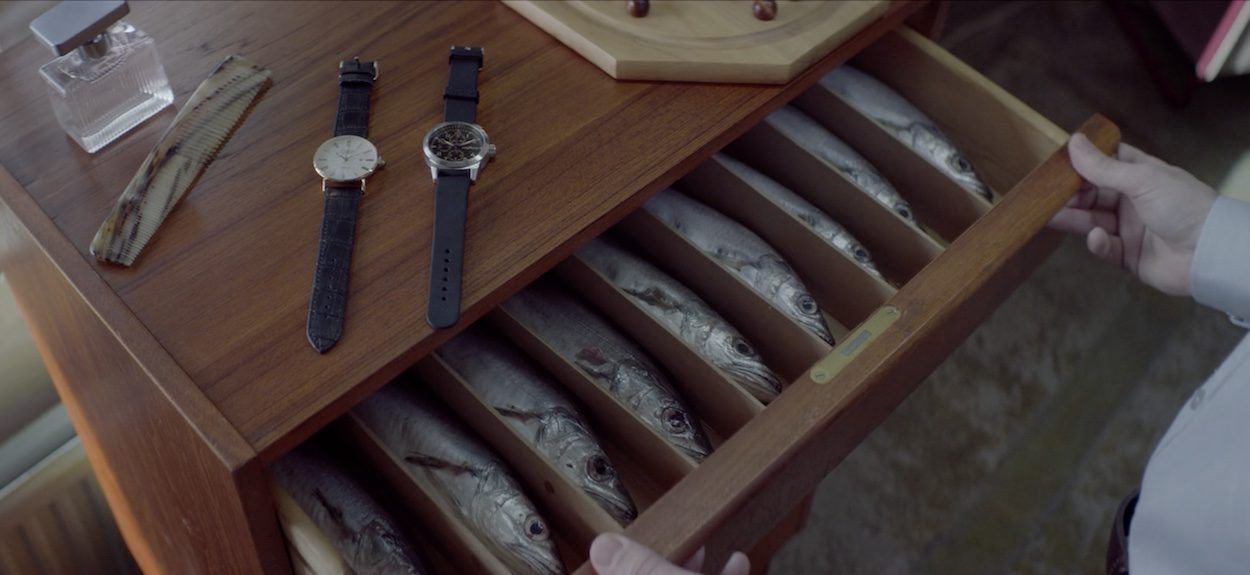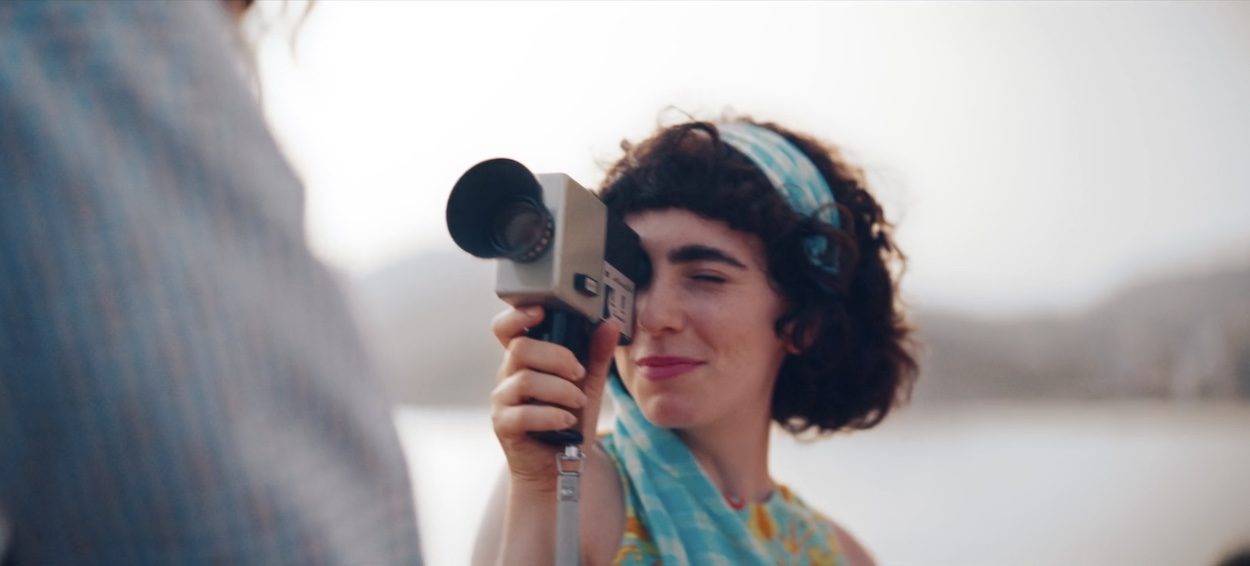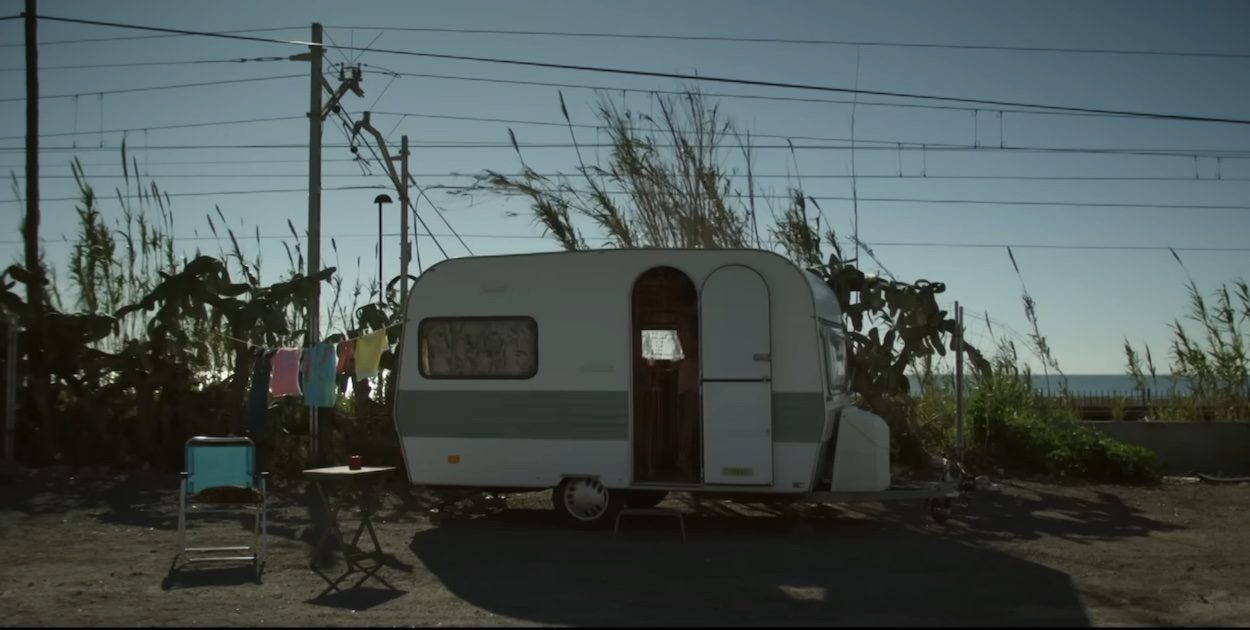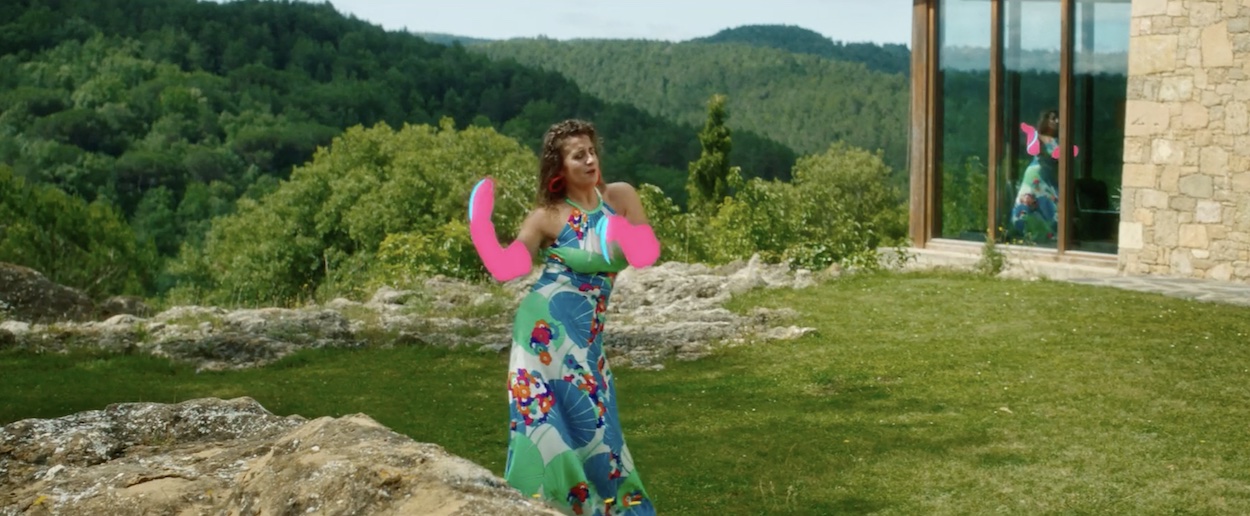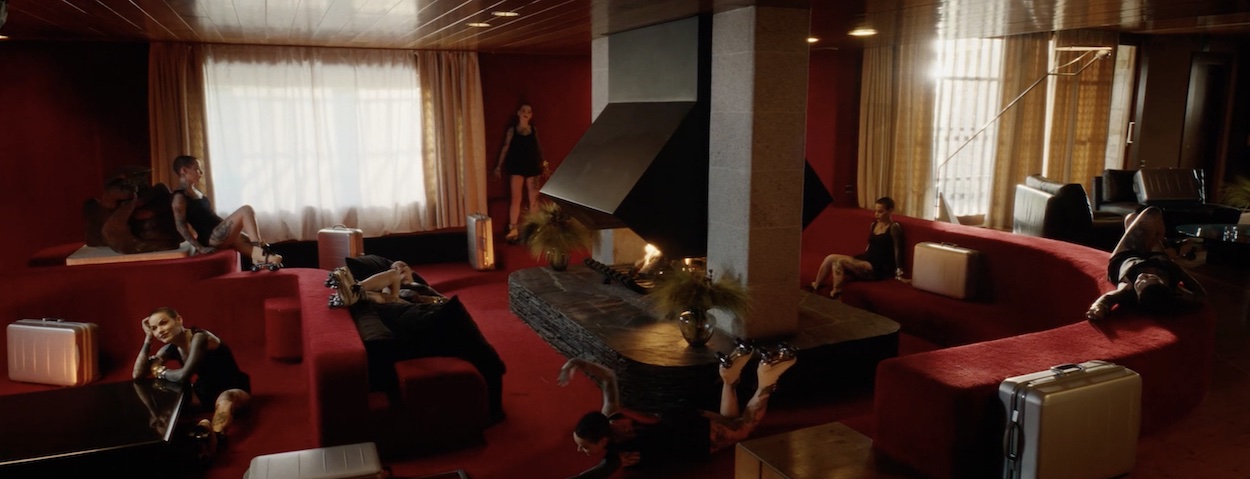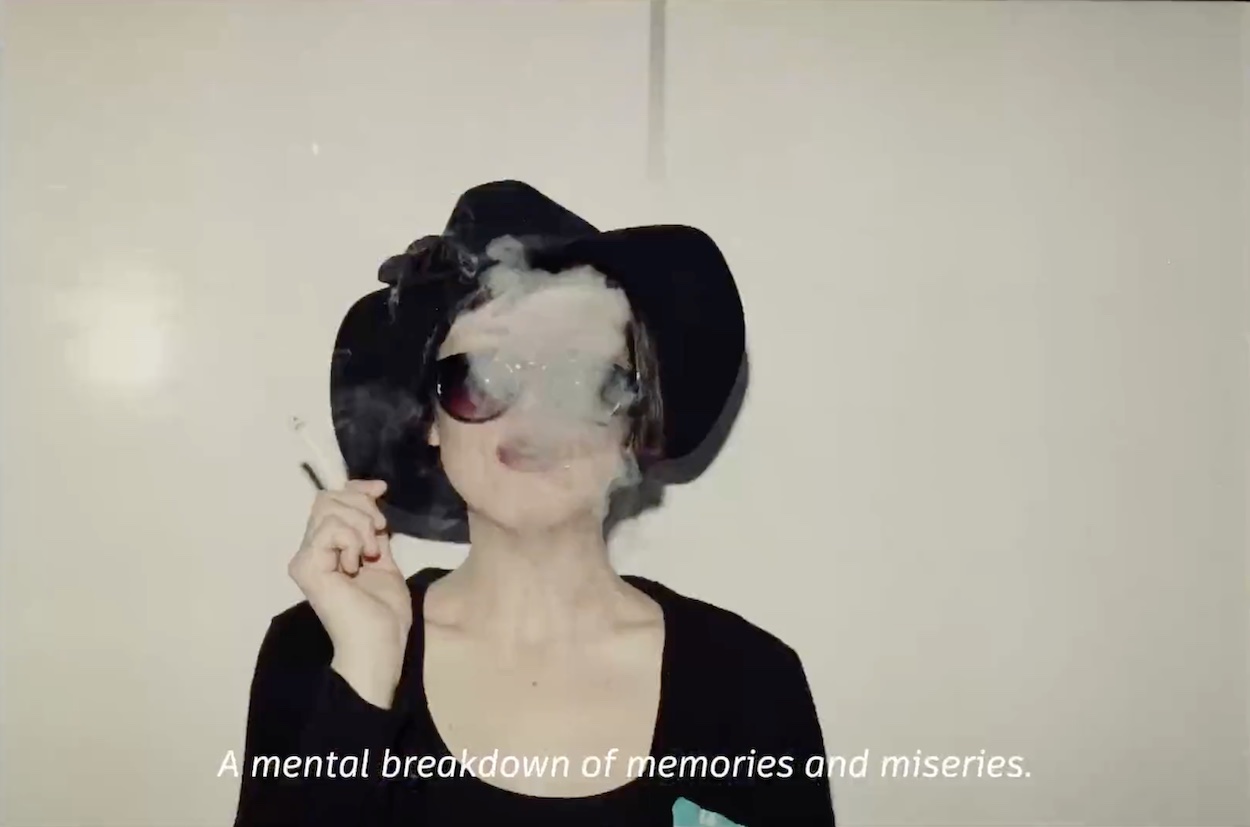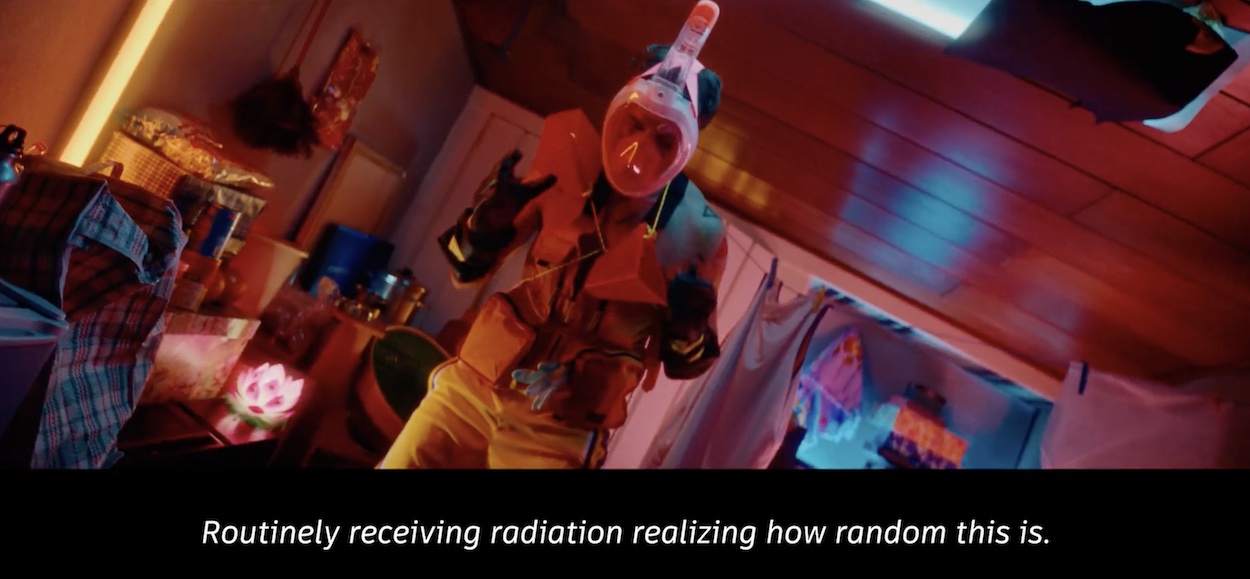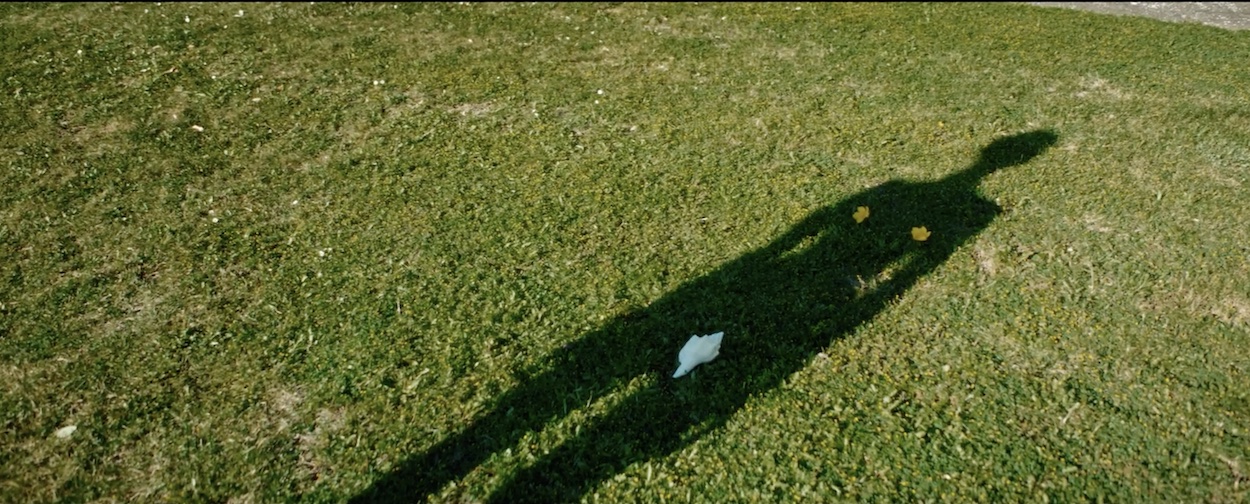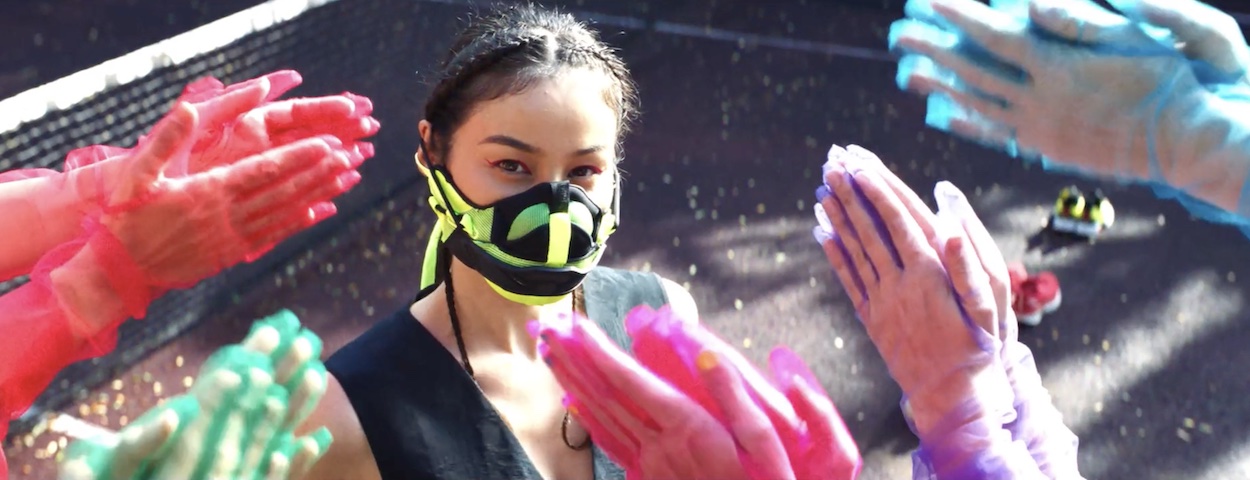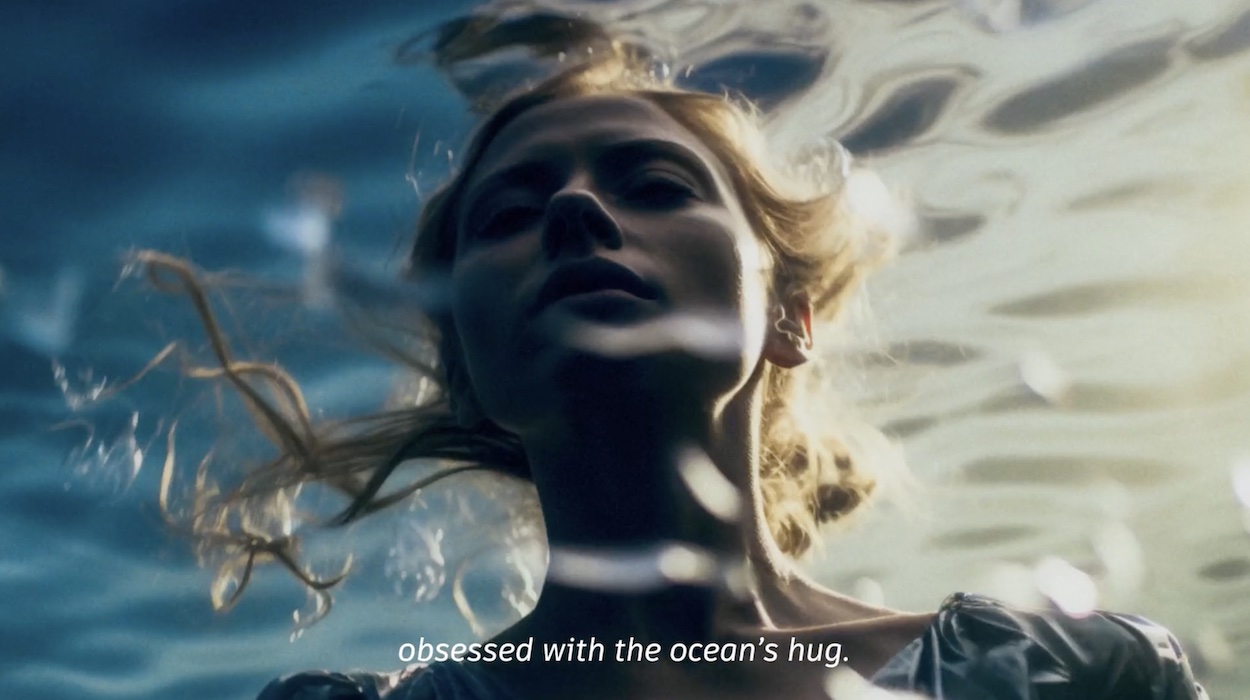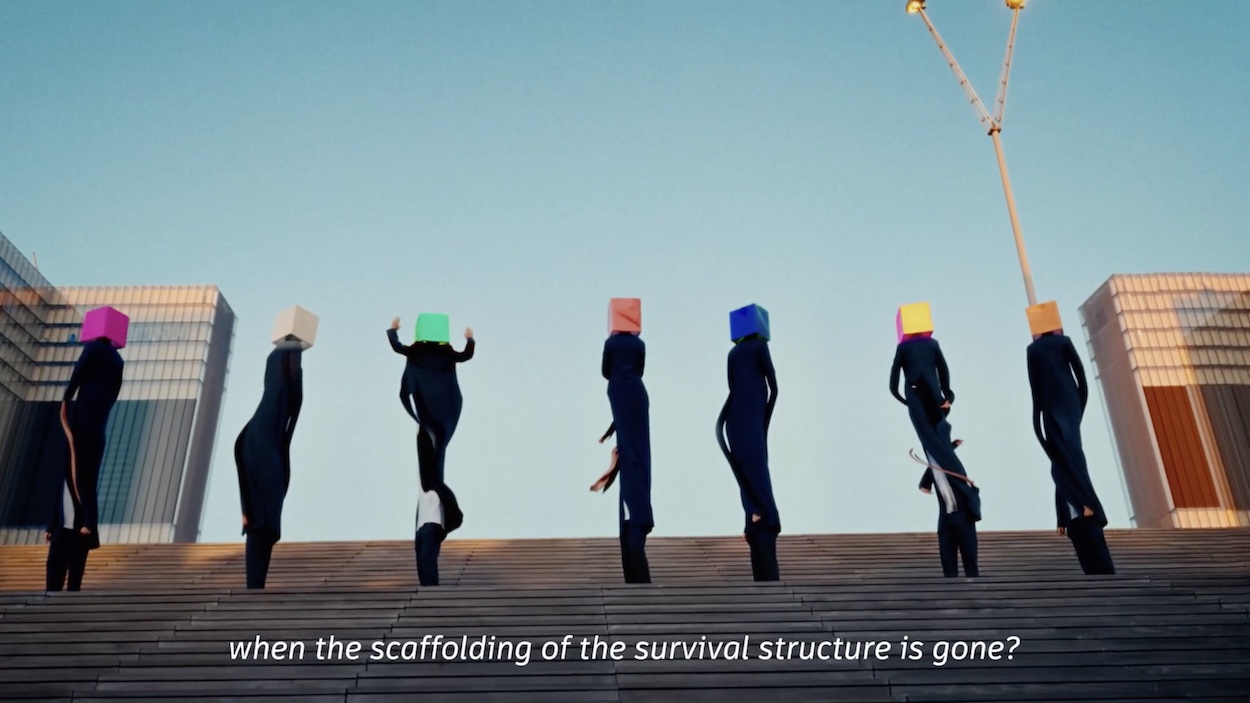
You’re currently based in Barcelona, but originally from Venezuela. Tell us a bit about your journey into filmmaking…
My journey is an unusual one. I wasn’t gifted my first Super8 camera when I was 8 years old, so I never made home films with my siblings, and I didn’t set out to be a director at a young age. I studied Media in Venezuela and got a job at a TV station in the programming department called Televen. I was hired to watch lots of TV and find ways to create slots for them. Many of the shows were animated, which I fell in love with – Japanese animation especially.
I saved to study 3D animation in Spain. I won a few awards for my thesis film and decided to start a motion graphics and animation studio with some friends that was active until 2009. Through my studio, I got introduced to the advertising industry and had the opportunity to direct some mixed media films. I fell in love with being on set and directing actors. The collaboration that occurs on set which makes the film grow, sometimes with unexpected outcomes, became something that I loved and craved. It’s still my favourite part of filmmaking.
How has your cultural background/heritage shaped your approach as a filmmaker?
In my family everyone is a doctor, a dentist or a veterinarian, so there was no actual closeness with film or arts. I’m the black sheep of sorts.
I spent my first five years of life in California where my Dad loved taking slides and filming all our childhood events along with some of his work as a horse vet. I have all of these beautiful films with me. I used a lot of his horse footage for my video art piece The No Name Horses, that was commissioned by the Contemporary Museum of Art of Barcelona MACBA.
Venezuela is culturally influenced by the US. In my teenage years, we had a satellite dish; I was a pretty big consumer of The Comedy Central and Showtime, which had the most creative and mental late-night shows. I love quirkiness and the shows that I watched during those years – the 80s and 90s – have always been a big inspiration for me.
Also, my Mom worked for a few years at a big home video company which had a library of films that I took advantage of, so those were also a big influence. Back then, way before the internet was a thing, there were some insane films created with amazing writing, which pushed the limits of creativity, and experimented with the narrative in ways that we just don’t do anymore.
As a director, you’ve become known for your mixed-media approach and montages of different techniques and mediums – showcased in commercials for Pictionary and Sofinco. Have you always been drawn to this approach, and why does it appeal from a creative perspective?
My background in both media and in animation makes it come naturally. My brain is wired in a way in which all these influences are spikes of creativity that become stories, places, shapes, colours, narratives; they merge, blend and morph constantly in my head.
From a creative perspective, I think what’s appealing is the passion I have to create unique and distinctive visuals. My brain has a constant flow of flashes of possible creations. I’m fortunate to have been able to make some of these visions into tangible films.
You most recently used mixed media in your short film, Alphabet Luxury to depict the range of sentiments triggered by your cancer diagnosis. It’s a visually rich, emotionally powerful piece which feels like a true celebration of creativity in the face of a draining and destructive force. Tell us about the moment you decided to make the film, and how the creative process unfolded – did you instantly know how to approach it, or was it more of an evolution?
Alphabet Luxury had a slow evolution just like the illness. We live in a world in which we’re constantly bombed with information about what luxury is, but, to me, luxury means being abIe to find tiny little joys and live in a constant state of wonder.
I wrote a first version of this film back in the pandemic, right after I had made Not Mine, and already had visuals that went with an array of emotions. However, I was blocked whenever I tried to move forward in putting the elements of the film together.
When I started chemo, I tried journaling as an outlet, and I mostly wrote about funny and annoying moments because I thought the experience should somehow be documented. I felt positive and strong, and I did what I had to do in order to survive, but survival mode asks you to focus on surviving and writing stopped being a priority. So, as the weeks became months, I lost my focus and felt completely uninspired.
I rescued the list of emotions that I had started writing after I had a big breakthrough. I had already gone through chemo, surgery and radiation and was in Paris, visiting my family and to help my sister post-surgery. She had also gone through the same damn illness – which is not genetic, just plain bad luck.
I woke up in the middle of the night, suddenly asking myself the question: “What the fuck just happened to me?” This was the moment in which something shifted, and I was able to start writing again. I started working with the visuals that I had filmed and worked on with collaborators, writing and recording my words with my phone and editing them and trying to document the stream of consciousness that was flowing through my brain.
One of the hardest things was to record my voice at the studio. The whole process had been so intimate, so personal, and I’m not an actress, so it took me a couple of sessions to able to achieve the same tone as the original home recordings had.
The words are equally powerful to the visuals – why did you choose the alphabet theme to tie the narrative together?
It was almost accidental, initially. It came to me while meditating because I was trying to come up with a way of expressing that I was grateful for feeling many things, and to list them and not repeat them, I made it in alphabetical order.
As a writer, it was a bigger, bolder challenge and it also made sense because when you’re dealing with such a hard treatment you can’t skip any steps, you have to do things in a certain order.
I loved the idea of playing around within these limits while writing a verse, a poem of some sort that needed to forcefully be written among these rules, using the alphabet – going back to our basic ABC’s.
Much of your work features a fashion/luxury aesthetic, but here it’s juxtaposed with more abstract and grotesque imagery, what was the creative motivation behind that?
There’s pure irony in showing what is conceived as luxury by others, while saying the only luxury we truly have is dealing with basic survival.
There are too many visually striking moments to list – from small details like misapplied lipstick, to the surrealist box heads – what were your artistic references or influences? And what were the most technically challenging sequences to pull off, were there any that really challenged your filmcraft and pushed it in new directions?
It’s all about the small details. There are so many details that relate to the cancer experience that it’s impossible to state them all. The hardest chemo is casually called ‘the Red Devil’, so [is represented by] the woman with misapplied lipstick, dressed in red and going doolally as she downs her cocktail. The table with the luxurious banquet has diamonds, pearls, oysters and a pheasant – but also a big, deadly representation of a tumour.
I worked closely with my friends, [production designer] Dominique Aizpurua and [wardrobe stylist] Otti Ramirez, so that all the little details that were in my head would find a place in each vignette – and, of course, their creative input and drive were crucial to make them come true. I also had collaborators for some of the scenes in the film. The ‘hundred places where you can lose your keys’ was a collaboration with my friend Teo Guillem, while the ‘box heads’ are a very abstract representation of human scaffolding in collaboration with François Vogel.
I think one of the best stories from the shoot is that all the decoration [and set design] of the hotel room in the section about drugs and dogs was done the night before we shot that scene. When the security guard arrived to start his shift that evening, he called the producer to tell them that some of the crew had had a big party and left a huge mess in one of the rooms!
You had already made a personal short film during lockdown, Not Mine, but Alphabet Luxury feels even more intimate. As a filmmaker, what have you learned from drawing creative inspiration from your own lived experiences, and do you feel as though there’s more to explore there?
I think they’re both very intimate in their own sense. I lived the pandemic as an individual inside a collective, social experience that was very hard for us all, but cancer put me on my knees. The toll it took on my life was a bigger one, so the experience was much harder.
There’s so much more to explore and to tell from my own life experience, good and bad, which means deep stories and a lot of mixed media. I’m trying to shape up something that hopefully will come in a longer format.
What other topics or themes are you interested to investigate in future projects (commercial or personal?)
Personally, I’m very interested in mental health and in stories about women and how we experience the world. We live in a world shaped by men, we have adapted, we’re resilient, and I want our own perspective to be shown.
Commercially, I’m drawn to comedy, and I love being the director that brings weird, quirky humour to her projects.
And what’s in the pipeline for 2024?
I just recently came back to work, so my plans are to take things at my own pace, to enjoy every idea I explore. Hopefully, to work a lot and spend inspirational moments writing.
On a more personal level, I’m getting back to running. And, hopefully, will be able to freedive again, because there’s nothing more magic and inspiring than being underwater.
Interview by Selena Schleh
INFO:
Lorena Medina website
Smile website
RSA Films website
Reverie website
Twentyfourseven website
@lorenaipsum
@smile________tv
@ridleyscottcg
@reverie.content
